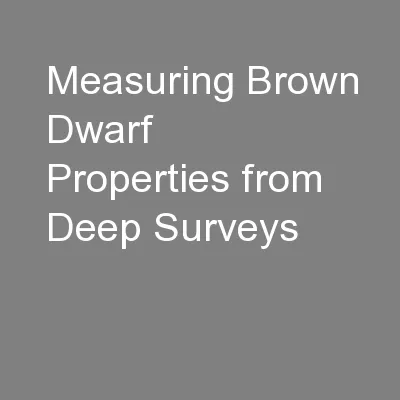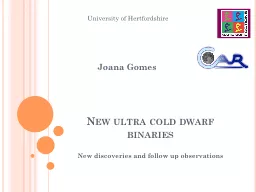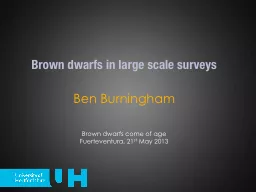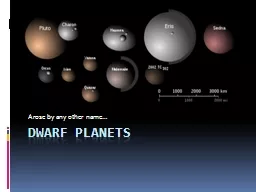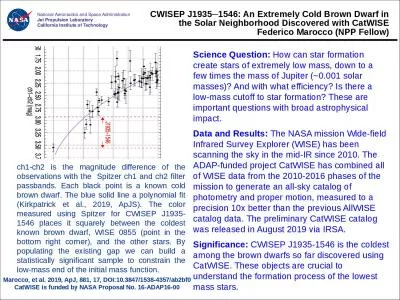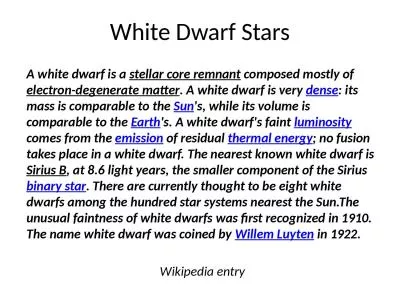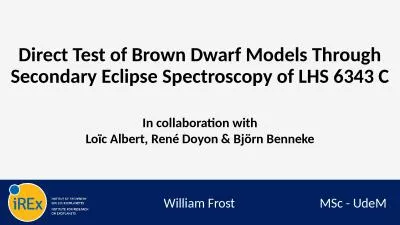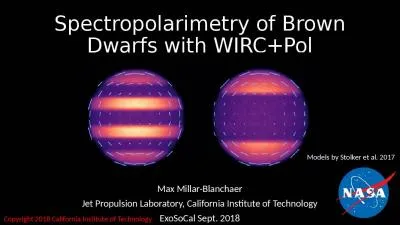PPT-Measuring Brown Dwarf Properties from Deep Surveys
Author : calandra-battersby | Published Date : 2016-03-30
Avril DayJones University of Hertfordshire Collaborators David Pinfield University of Hertfordshire UH Federico MaroccoUH Ben BurninghamUH Maria Teresa RuizUniversidad
Presentation Embed Code
Download Presentation
Download Presentation The PPT/PDF document "Measuring Brown Dwarf Properties from De..." is the property of its rightful owner. Permission is granted to download and print the materials on this website for personal, non-commercial use only, and to display it on your personal computer provided you do not modify the materials and that you retain all copyright notices contained in the materials. By downloading content from our website, you accept the terms of this agreement.
Measuring Brown Dwarf Properties from Deep Surveys: Transcript
Download Rules Of Document
"Measuring Brown Dwarf Properties from Deep Surveys"The content belongs to its owner. You may download and print it for personal use, without modification, and keep all copyright notices. By downloading, you agree to these terms.
Related Documents

